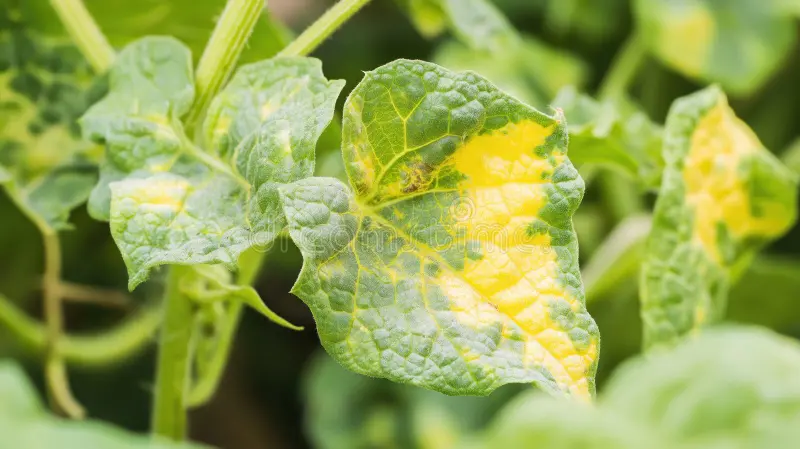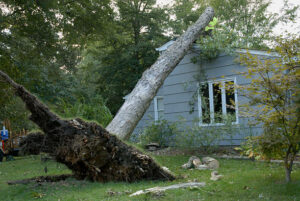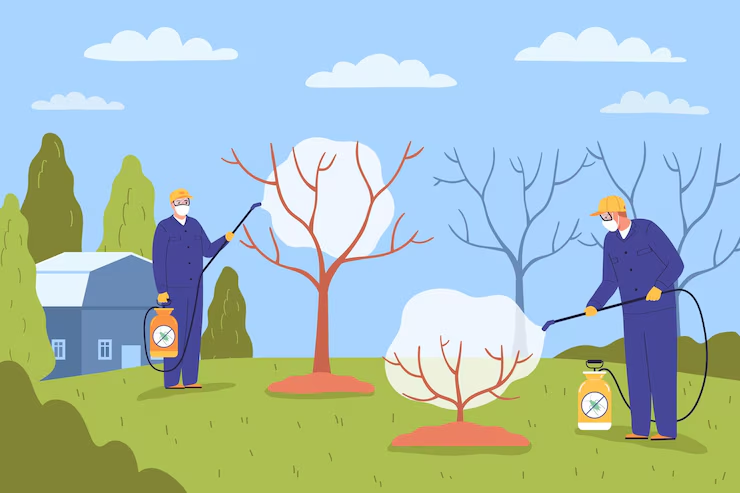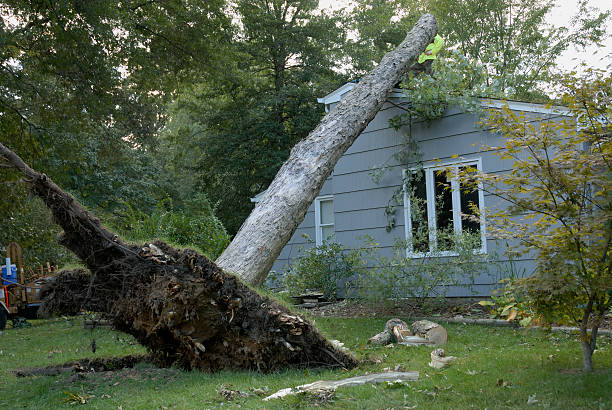Why Are My Tree’s Leaves Turning Yellow? Identifying and Addressing the Problem
Why are the leaves on my tree yellowing? Is it dying? Did I water it too much? Not enough?
These are the exact questions we hear from homeowners across Texas—especially during the hot, dry months. And let me tell you, it’s more common than you think. Yellowing leaves (called chlorosis) are a red flag, but not a death sentence. Your tree is stressed, and it’s trying to tell you something. Our job? Help you figure out what that is.
I’m not gonna sugarcoat it. There’s no one-size-fits-all answer. Trees turn yellow for all kinds of reasons: poor soil, overwatering, pests, even your lawn care routine.
Let’s get into it. Here’s how you diagnose and fix yellowing tree leaves—fast.
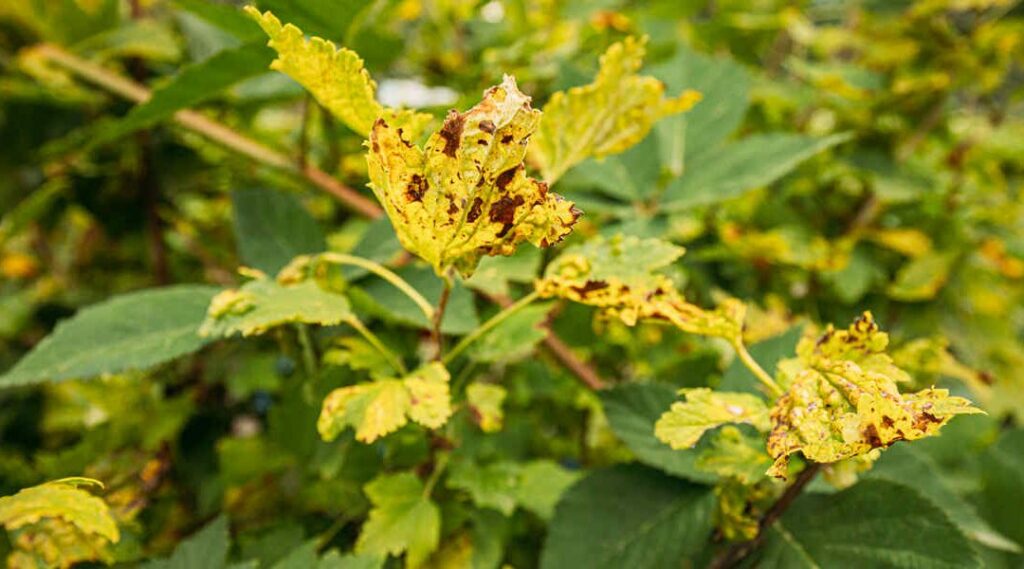
1. Water Stress: Too Much or Not Enough
Your tree isn’t picky, but it does want the right amount of water.
Overwatering:
- Roots suffocate when soil stays wet too long.
- Leads to root rot, poor oxygen, and—you guessed it—yellow leaves.
Underwatering:
- During dry spells, especially Texas summers, trees can’t move nutrients without water.
- Leaves yellow and may drop early.
Pro tip: Dig 2-3 inches into the soil near the base. Is it bone dry? Time to water. Is it soggy? Ease off.
✅ Fix: Deep, infrequent watering. One to two inches per week. Drip irrigation works great.
Learn more: Tree Removal Services in Dallas
2. Nutrient Deficiency: Not All Dirt Is Equal
If your soil’s lacking key nutrients, your tree can’t function properly.
Iron Chlorosis:
- Yellow leaves with green veins
- Common in oak, maple, and river birch
Nitrogen Deficiency:
- Old leaves turn yellow first
- New growth is stunted
Magnesium Deficiency:
- Yellowing starts at leaf edges, spreads inward
✅ Fix:
- Get a soil test. No guesswork.
- Use the right slow-release fertilizer
- Try foliar sprays if the problem is advanced
Pro tip: Alkaline soils (common in Texas) often cause iron chlorosis. Use iron chelate products.
Explore: Tree Removal Services in Arlington
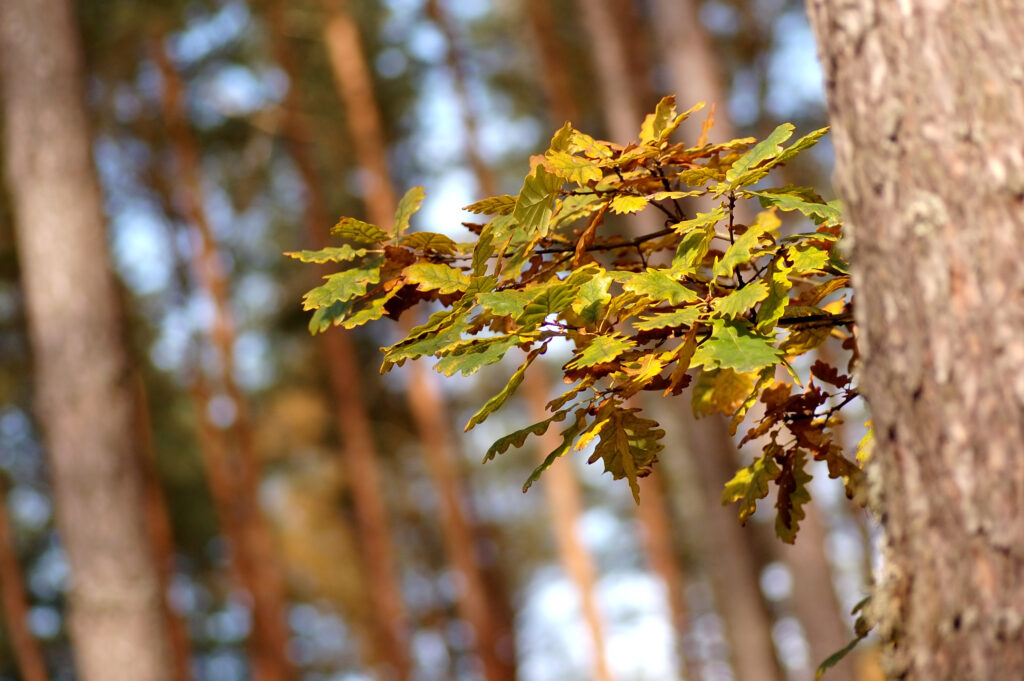
3. Soil Compaction + Poor Drainage
Texas clay soils are no joke. Heavy, compacted, and slow to drain.
When roots can’t breathe, absorb water, or spread out—your tree suffers.
Signs:
- Pooling water after rain
- Thin canopy
- Premature yellowing
✅ Fix:
- Aerate the soil (manually or with machinery)
- Mix in compost or mulch
- Consider root zone injection
Resource: Tree Trimming and Pruning

4. Pests: Sap-Suckers + Leaf Munchers
Not all bugs are bad, but some will wreck your tree.
Common Culprits:
- Aphids: Sticky leaves, curled tips
- Spider mites: Webbing and yellow speckled leaves
- Scale insects: Hard bumps on stems and leaves
✅ Fix:
- Blast with water
- Use neem oil or insecticidal soap
- For serious infestations, call a certified arborist
Watch for: Leaf drop, sticky residue (honeydew), tiny moving dots
More info: Emergency Tree Services
5. Fungal Diseases
Fungi thrive in warm, wet conditions. Bad news for Texas summers.
Signs:
- Yellow leaves with brown or black spots
- Wilting despite moist soil
Common Tree Diseases:
- Verticillium wilt
- Root rot
- Powdery mildew
✅ Fix:
- Improve airflow (thin out branches)
- Don’t overwater
- Remove affected leaves or limbs
Deep Dive: Stump Grinding
6. Environmental Stressors
Trees are tougher than they look—but they do react to change.
Causes:
- Sudden heatwaves
- Cold snaps
- Salt runoff (from de-icing or pool water)
- Herbicide drift from nearby lawns
✅ Fix:
- Use mulch to regulate soil temps
- Shield young trees with shade cloth
- Be mindful of chemical use nearby
Check Out: Tree Uprooting Removal
7. Tree Age and Seasonal Changes
Not all yellowing is bad. Some is just part of the cycle.
Seasonal Shedding:
- Happens in fall
- Some trees (like river birch) shed earlier
Old Age:
- Older trees slow down
- You’ll see more leaf loss, some yellowing
✅ Fix:
- Prune dead branches
- Keep soil fertile and well-drained
- Provide structural support if needed
Explore: Tree Cutting Services

FAQs About Yellowing Tree Leaves
Q: Should I prune yellow leaves? A: Yes—if they’re clearly dead or diseased. But don’t overdo it.
Q: Can trees recover from yellowing? A: Absolutely. If you act fast and correct the cause, many bounce back.
Q: When should I call an arborist? A: If you see no improvement in 2–4 weeks, call us. Especially if more than 25% of the canopy is affected.
Q: Is this common in Texas trees? A: Very. Heat stress, poor soils, and clay-heavy ground are a triple threat.
When to Call the Pros
Listen, you don’t need to play tree doctor alone. We handle this stuff daily.
Whether it’s diagnosing yellow foliage or dealing with full-blown decay, Trophy Tree Co. is ready. We serve homeowners all over the Dallas–Fort Worth area—including Keller, Frisco, Addison, Lewisville, and more.
Hit us up for:
External Resources Worth Checking Out
- Arbor Day Foundation – Tree Guide
- The Morton Arboretum – Plant Clinic
- US Forest Service – Tree Care Tips
Final Thoughts
Yellow leaves aren’t just a cosmetic issue—they’re a signal.
Your tree is stressed. Now’s the time to act.
Diagnose the issue. Test your soil. Check for pests. Fix your watering routine.
And if it’s still looking rough—get a pro involved. We’re local, we’re fast, and we know Texas trees better than anyone.
Call Trophy Tree Co. today or book an inspection here.
Want more tips? Subscribe to our newsletter or visit our blog for weekly tree care guides.

